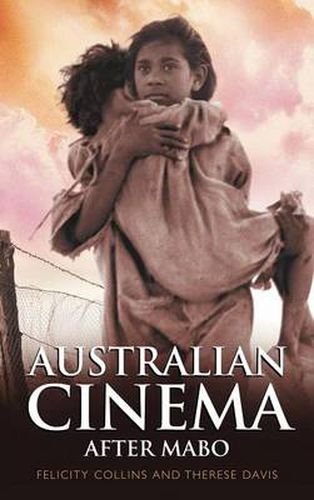Readings Newsletter
Become a Readings Member to make your shopping experience even easier.
Sign in or sign up for free!
You’re not far away from qualifying for FREE standard shipping within Australia
You’ve qualified for FREE standard shipping within Australia
The cart is loading…






Australian Cinema After Mabo is the first comprehensive study of Australian national cinema in the 1990s. Using the 1992 Mabo decision as a starting point, it looks at how the Mabo decision, where the founding doctrine of terra nullius was overruled, has destabilised the way Australians relate to the land. It asks how we think about Australian cinema in the post Mabo era, and what part it plays in the national process of reviewing our colonial past and the ways in which settlers and indigenous cultures can co-exist. Including The Tracker, Kiss or Kill, The Castle, Love Serenade and Yolngu Boy among numerous others, this book highlights turning points in the shaping of the Australian cinema since Mabo. It is essential reading for anyone studying Australian cinema and for those interested in the ways in which land politics has impacted upon the way we imagine ourselves through cinema.
$9.00 standard shipping within Australia
FREE standard shipping within Australia for orders over $100.00
Express & International shipping calculated at checkout
Australian Cinema After Mabo is the first comprehensive study of Australian national cinema in the 1990s. Using the 1992 Mabo decision as a starting point, it looks at how the Mabo decision, where the founding doctrine of terra nullius was overruled, has destabilised the way Australians relate to the land. It asks how we think about Australian cinema in the post Mabo era, and what part it plays in the national process of reviewing our colonial past and the ways in which settlers and indigenous cultures can co-exist. Including The Tracker, Kiss or Kill, The Castle, Love Serenade and Yolngu Boy among numerous others, this book highlights turning points in the shaping of the Australian cinema since Mabo. It is essential reading for anyone studying Australian cinema and for those interested in the ways in which land politics has impacted upon the way we imagine ourselves through cinema.